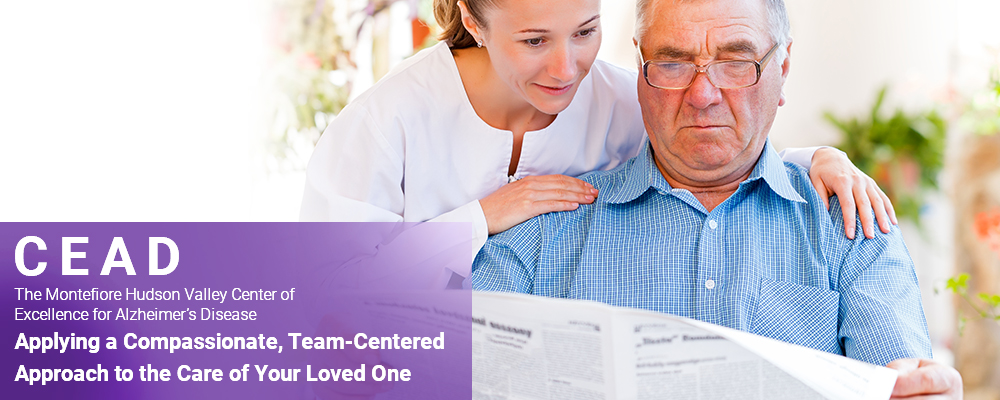Can Dancing Prevent Dementia?
A new study is looking at the cognitive benefits of group dance classes, in hopes of discovering new tools to prevent dementia.
By Sumathi Reddy
Wall Street Journal, Aug. 19, 2019
Elvis Presley croons in the background as dance teacher Stine Moen gently calls out dance steps.
“Right, left, rock step,” says Ms. Moen, demonstrating the Lindy hop to six seniors. “Sloooooow, sloooow, quick, quick.”
The seniors follow: some in step, others more tentative. “Stop right there,” she says, and turns the music off. The seniors sit down and a woman comes to take their blood pressure.
This is no routine dance class. The participants are part of a study at Albert Einstein College of Medicine looking at whether group dancing might be a useful tool in helping to prevent dementia.
Earlier studies have shown that exercise in general results in cognitive improvements and can even create structural changes in the brain. There is some evidence that dance in particular may improve cognitive health. But there hasn’t been enough research yet to conclusively determine whether dancing could help prevent dementia.
The Einstein study hopes to take a step toward that by comparing the cognitive effects of group dance classes with treadmill walking. Researchers suspect that group dancing might be particularly beneficial because it’s not only exercise, but also requires socializing and cognitive work.
“Our hypothesis is that social ballroom dancing in particular will be more efficient than treadmill exercise,” says Helena Blumen, an assistant professor of medicine and neurology professor at Albert Einstein, who is leading the study with Joe Verghese, the director of the Montefiore Einstein Center for the Aging Brain. “It involves not only physical activity but also social and cognitive activity.”
As seniors live longer, their risk of developing dementia increases: There is a nearly one-third risk of developing the disease after the age of 85.With efforts to find a treatment or cure for dementia coming up short and the number of affected seniors expected to grow exponentially, some researchers are turning their efforts to prevention.
At Einstein, twice a week for six months a group of seniors comes to the dimly lighted auditorium, where a dance instructor guides them in a 90-minute class. They learn everything from the hustle and salsa to tango and the fox trot. A separate group comes in twice a week for 90 minutes of treadmill walking.
The study, which started enrolling people in June, will include 32 seniors who are 65 and older, split into two groups. Researchers identified the participants as at risk of developing dementia based on a memory test and their own accounts of how well they remember things and perform certain tasks.
Testing done before, during and after the study measures their “executive function,” the cognitive processes needed to coordinate complex behaviors, such as planning and reasoning. Participants also receive MRI brain scans to look at any changes in the functional and structural connectivity in the brain.
Prior research on dance has had mixed results. Some studies have shown promise, but it’s unclear if it’s more beneficial than other forms of aerobic exercise. In one 2017 study, researchers took a group of seniors and compared the cognitive benefits of dance with other activities, including walking and stretching. The researchers found that the dancers showed improvement in a region of the brain important for one aspect of memory, such as remembering the names and faces of people. But groups doing the other activities showed other cognitive benefits.
Art Kramer, director of the Center for Cognitive and Brain Health at Northeastern University in Boston, was part of the 2017 study that showed structural changes in the brain after six months of dance.
“Different forms of exercise had different but sometimes overlapping benefits to brain and cognitive health,” says Dr. Kramer, who did the study when he was at the University of Illinois. “It’s not that one form of exercise is better than another.”
But Jason Karlawish, co-director of the Penn Memory Center and a professor at the University of Pennsylvania, says dance may have special benefits beyond those offered by exercise in general.
“It combines three things that have been shown in multiple studies to reduce the risk of developing dementia: social engagement, cognitive engagement, and physical activity,” says Dr. Karlawish. “So it has a nice, unifying feature to it. Plus, unless you don’t like dancing, it’s fun.”
For the seniors in the Albert Einstein study, the fun is a big draw. Nancy Johnson, 72 years old, says she has no idea if dance can help memory, but the class “makes you feel good.”
The seniors chat during breaks; when the music switches on they are all feet, hips and disco arms.
They all practice shimmying their shoulders and hips as they dance to the Bee Gees’ “Stayin’ Alive.” Later, they do a couple of salsa numbers.
Marlene Taffe, 83 years old, and Sonia Movsas, 84, partner up during a swing portion of the class. Ms. Movsas says her whole life she’s been bad at remembering names, but in this class she was able to remember everyone’s name right off the bat. “I guess if I really want to remember somebody’s name, I’ve gotta do a little dance,” she says with a laugh.
Ms. Taffe says she has already noticed cognitive improvements in herself. “My children even notice it in me. I’m more focused,” she says. “I just enjoy life a little more. It’s good for the soul and the mind.”

